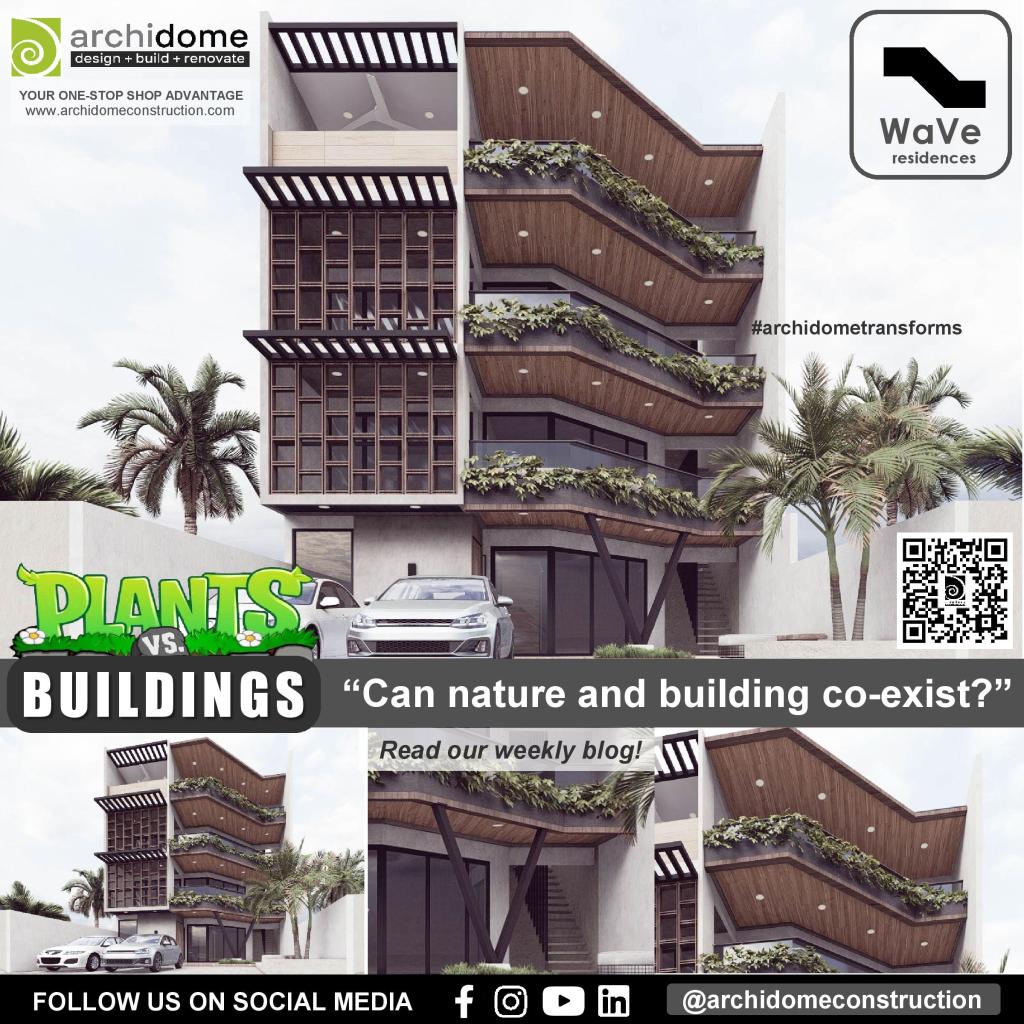Weekly Blog 0009
Plants vs. Buildings : Can nature and buildings co-exist?

Owning a house, especially in cities, is expensive. As urbanization accelerates, low to middle-income families face a shortage of housing options. Real estate prices continue to rise while salaries and wages consistently stagnate.
Providing affordable housing for the poorest and the large number of labor workforce outside the city is a wrong move. This results in the domino effect of socio-economic issues such as the proliferation of informal settlements. The goal should be inclusivity. They should be incorporated into the cities. The lack of access to affordable urban housing is a global crisis. Addressing this issue is essential to the economic and environmental efficiency of a city.
I’ve done enough academic papers about the housing crisis. This blog post is not about addressing it all over again. Instead, I will go in the direction of convincing the landlords to see the potential of property development and to offer something different. So if you have a vacant lot with plans of developing it, please continue reading. Why landlords? I see the potential of underdeveloped vacant lots on addressing the housing crisis. You could be a non-fiction character from a success story of a landlord-turned- into-a-developer.
There’s a distinctive shophouse/residential housing in Vietnam called “Tube houses or nhà ống”. It has defined and dominated the urban streets of the country (aside from motorcycles). These are narrow residential houses with an average frontage of 3-4 meters. It may be lacking in width but makes up by three times in the depth. It can even reach a depth of up to 100 meters. Tall, thin, and long. This design has evolved due to limited space and expensive land prices.
The ground floor may be used as storefront and the multiple levels above are for residential space for two to three generations of families or even multiple non-related families. The Vietnamese architects recreated it by bringing in natural light, ventilation, vegetation, by incorporating tropical design solutions such as courtyards, atriums, interior gardens, and greeneries incorporated in different environments.
I’m not saying that we should exactly imitate the tube housing.
The Philippines’ National Building Code may affect some of the features of the tube housing (Floor-area-ratio, maximum heights, setbacks, Rule 7 & 8 of NBC) but the significant part is the understanding the general idea, tropical set-up, sustainable features, and planning strategy of maximizing the potential of your property. Moreover, tropical and green design is somewhat luxurious to the public’s impression. This unprecedented approach for multiple dwellings and mixed-use building typology may contribute to access to affordable, secure, and sustainable housing.
References:

